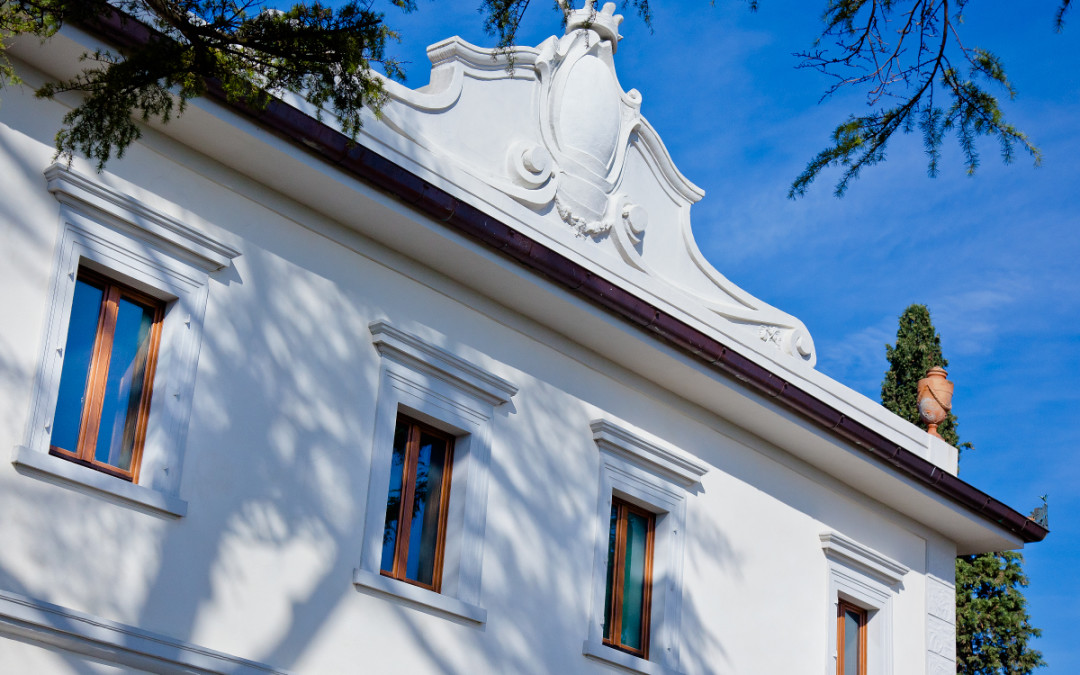
by IsHotel | Culture & History, Nature & Leisure Time
“The Garden of Wonders…” If almost every major city in Europe can boast an “historic park”, the Boboli Gardens are considered as the prototype of the Italian-style garden, and this notion that has influenced garden landscape design both in Italy and abroad. Moreover, the Boboli are a nonpareil example not only of the style of the Renaissance, but also of all the later styles that have shaped them and that contribute to their majestic aspect. The gardens surround the backside of the Palazzo Pitti, to which they are attached, and extend from there with such lavishness and spectacular perspectives that one is almost led to regard them as the perfect finishing touch completing the improvement works that the palace underwent after Eleonora of Toledo, wife of the Grand Duke Cosimo I de’ Medici, bought in 1549 from Luca Pitti, its previous owner. Covering a surface of about 45.0000 smq on the hill of Boboli, the gardens are connected, on the one hand, to the legendary “Vasarian Corridor” running between the Palazzo Vecchio and Palazzo Pitti and, on the other, to the Forte del Belvedere, a fortress built to protect the Medici family. Cosimo spared no pains to ensure that the beauty of the gardens reflected that of his wife Eleonora: over the course of time, 5 great architects were entrusted with the project. Niccolò Tribolo laid out the initial design but died just one year after the beginning of works. However, his design, which incorporated elements inspired by humanist philosophy, remained a point of reference for his successors, namely, in chronological order, Ammannati, Buontalenti and Giulio and Alfonso Parigi. The...

by IsHotel | Culture & History, The Collection
“Life in the Renaissance Countryside” While the centre of Florence is the focus and main attraction of international tourism, the hills overlooking the Arno Valley tell us about the most hidden side of Florentine humanism, that is, about aristocratic families, their villas and the economy that made Italy’s cultural and artistic Renaissance possible. Florentine villas are undoubtedly the symbol of an era that, on the one hand, saw the emergence and consolidation of the middle class as the driving force behind the beginning of the modern age and, on the other, revived classical antiquity while at the same time preparing the way for cultural and artistic development. The story we are about to tell you starts in the 14th century, is set southwest of Florence, and concerns the Tolomei family. Between the hill of Marignolle and that of Bellosguardo rises what used to be the home and estate of this noble family, whose members were guests of the “City of the Lily” and its Renaissance. After undergoing a tasteful and careful renovation that has given it a new lease of life and enabled its latest rebirth, Villa Tolomei, is now an exclusive resort at walking distance from the Ponte Vecchio. The redevelopment of The redevelopment of the villa (which run the risk of falling into a state of disrepair) as a hotel is the first outcome of the project “Valore Paese-Dimore”, promoted by the Agenzia del Demanio (Italian State Property Office), ANCI (Italian Association of Municipalities) and Invitalia (National Agency for the Promotion of Investments). It provides a successful and unprecedented example of the objectives pursued through the redevelopment of publicly-owned property...




